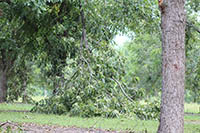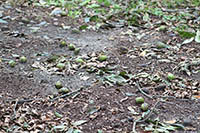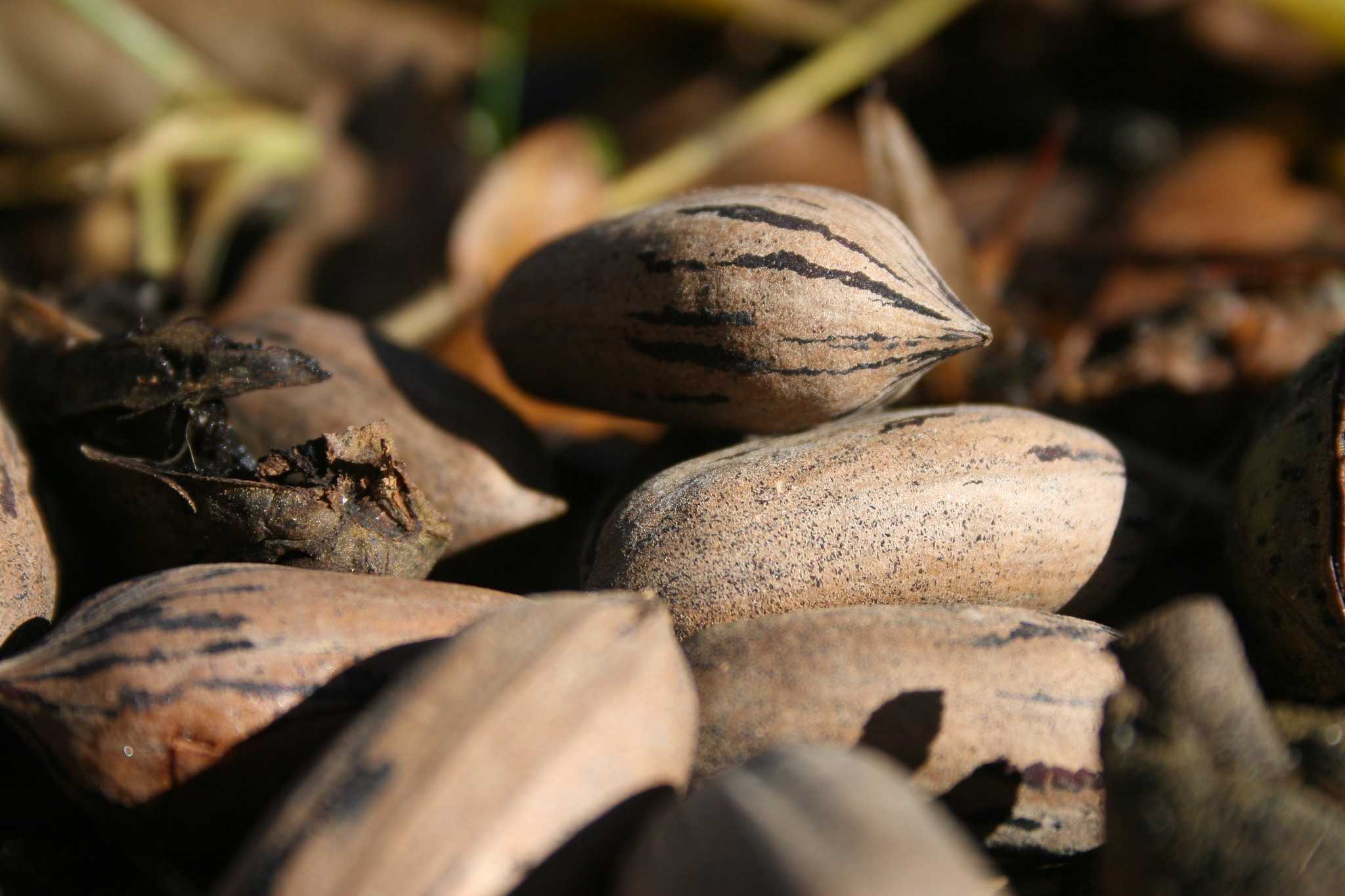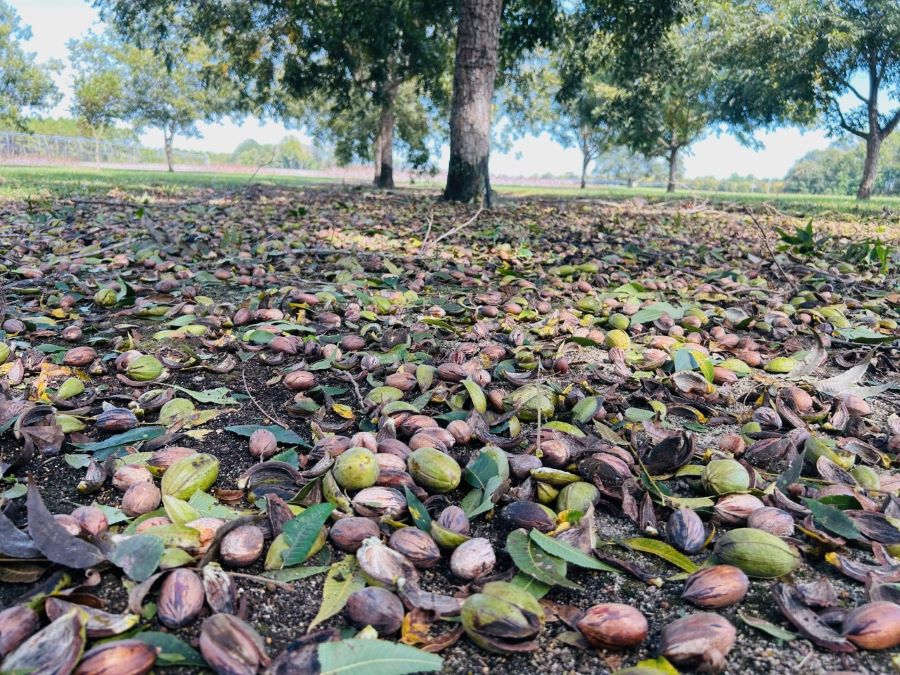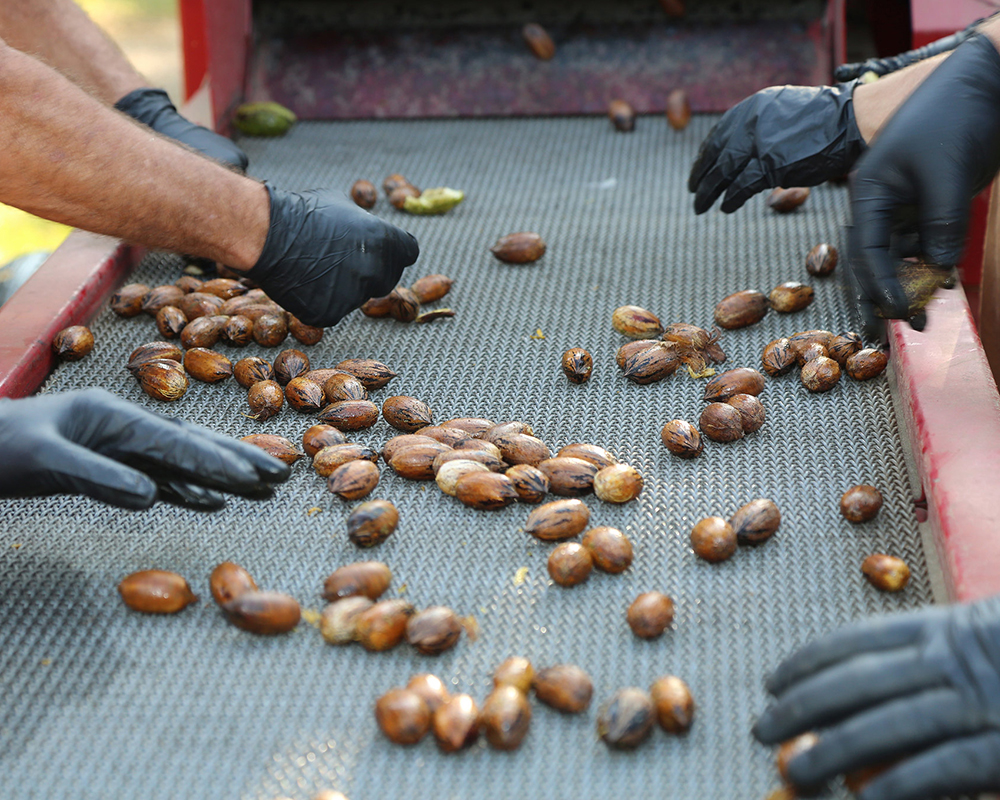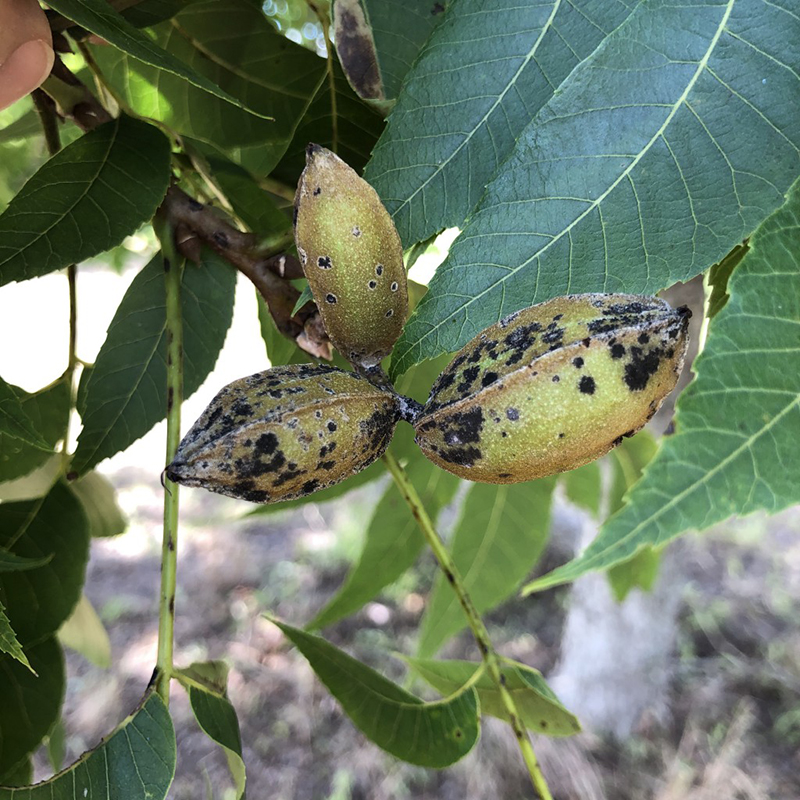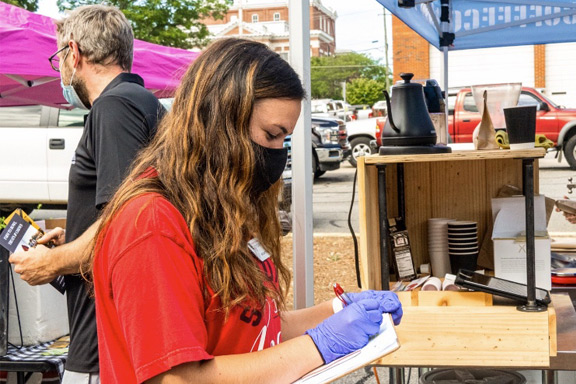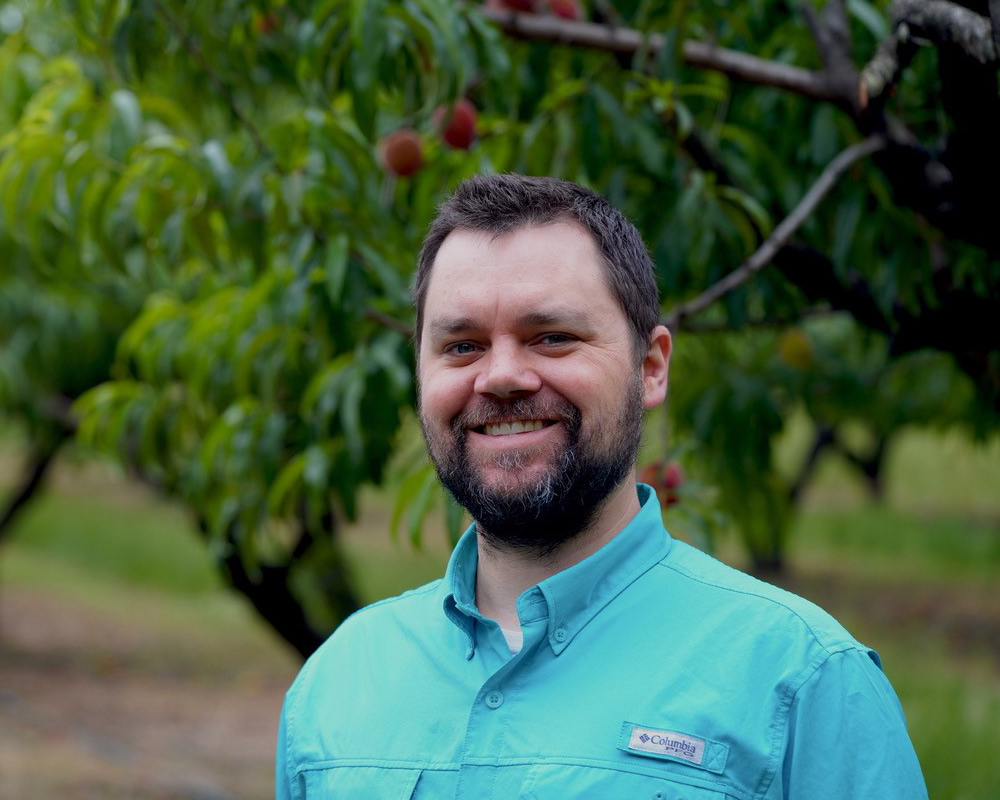Irma’s destructive path blew through Georgia’s pecan crop, but the destruction could have been much worse, according to University of Georgia Cooperative Extension pecan specialist Lenny Wells.
All orchards experienced some damage from the storm that moved through Georgia on Monday, Sept. 11. Nuts were blown out of trees, limbs were broken and at least a few trees fell in most orchards. Multiple growers in Georgia’s Peach and Berrien counties lost thousands of trees, Wells said.
The storm knocked immature pecans to the ground, and Wells believes approximately 30 percent of this year’s crop was lost.
Tift County, Georgia, pecan farmer Russ Griffin estimates that about 50 percent of his crop was lost, not including the 15 trees that fell over due to high winds. He was able to stand them back up but is unsure whether they’ll survive.
He remains encouraged that his crop wasn’t a total loss.
“If (Irma) would have hit as a Category 3 hurricane like they said to start with, it would have probably taken out the majority of the trees. I guess I’m just trying to look on the bright side,” Griffin said.
Most of Georgia’s fallen pecan trees were between 5 and 25 years old.
“A lot of these trees that were blown down were just coming into good production, which is a tough loss to take,” Wells said.
This was expected to be a banner year for Georgia pecans. Wells originally believed Georgia’s pecan crop would top 110 million pounds, but after Irma, expectations are that the yield could be reduced to as low as 70 to 80 million pounds.
“It is discouraging that Irma came on the best crop we ever had, but I guess you’ve got to consider it was a good crop to begin with, and there’s still a decent crop left in the trees,” Griffin said.
The majority of green nuts blown to the ground were immature pecans that were not harvestable. ‘Pawnee’ pecans are the only salvageable variety as they were supposed to be harvested this week. The varieties with shucks close to splitting, like ‘Elliot,’ ‘Moneymaker’ and ‘Creek,’ could possibly be harvested and run through a deshucker machine in the cleaning plant, but farmers need to determine if that is an economically feasible option, Wells said.
The more common varieties, like ‘Stuart,’ ‘Desirable’, ‘Sumner’ and ‘Cape Fear,’ are too far from maturity to consider deshucking.
Wells encourages pecan farmers with crop damage to report to their local U.S. Department of Agriculture (USDA) Farm Service Agency office and expects cleanup funds to eventually be available. Producers will have to complete forms and take photos of the damage to their trees. Growers will be compensated for their losses at 75 percent of the USDA cost of a mature tree, which ranges from $300 to $200,000 total per entity. Younger trees are valued differently.
Producers who lost 15 percent or more of their orchard are eligible for the tree assistance program (TAP), which pays 65 percent of the cost per tree up to a maximum of $120,000. Funds aren’t yet available as they must be appropriated by Congress.

